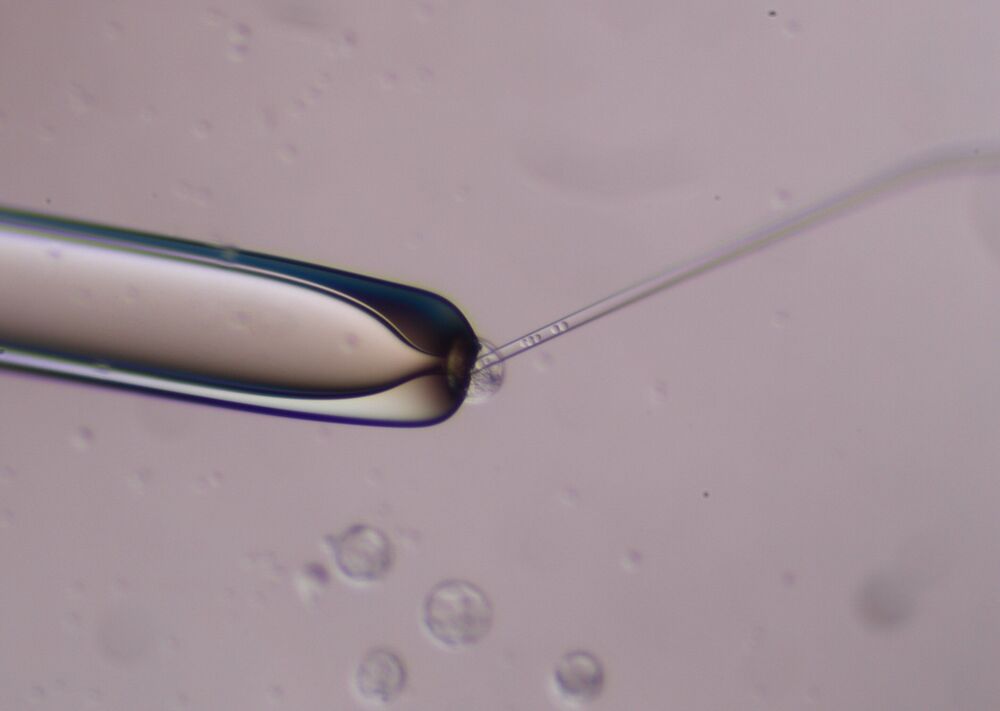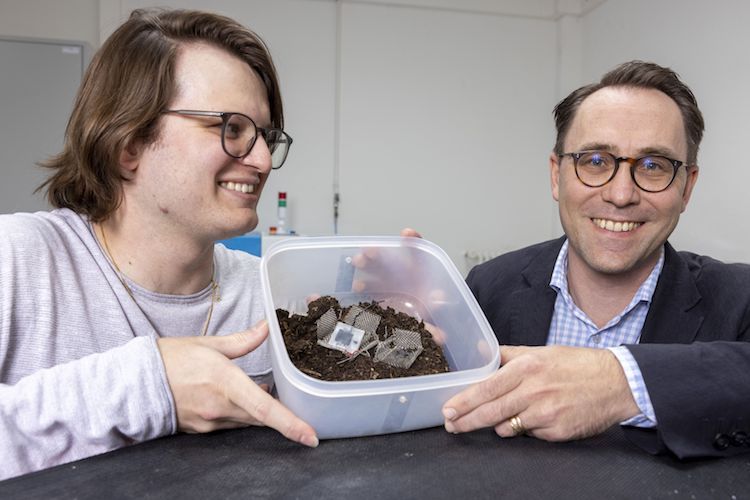ISIS-Khorasan, the Islamic State branch in Afghanistan, could soon “reconstitute capability,” said the US State Department’s John T. Godfrey.




A year after University at Buffalo scientists demonstrated that it was possible to produce millions of mature human cells in a mouse embryo, they have published a detailed description of the method so that other laboratories can do it, too.
The ability to produce millions of mature human cells in a living organism, called a chimera, which contains the cells of two species, is critical if the ultimate promise of stem cells to treat or cure human disease is to be realized. But to produce those mature cells, human primed stem cells must be converted back into an earlier, less developed naive state so that the human stem cells can co-develop with the inner cell mass in a mouse blastocyst.
The protocol outlining how to do that has now been published in Nature Protocols by the UB scientists. They were invited to publish it because of the significant interest generated by the team’s initial publication describing their breakthrough last May.


How does the human brain keep track of the order of events in a sequence?
New research suggests that ‘time cells’ – neurons in the hippocampus thought to represent temporal information – could be the glue that sticks our memories together in the right sequence so that we can properly recall the correct order in which things happened.
Evidence for these kinds of sequence-tracking time cells was previously found in rats, where specific neuron assemblies are thought to support the recollection of events and the planning of action sequences – but less is known about how episodic memory is encoded in the human brain.

Researchers at ETH Zurich have succeeded in observing a crystal that consists only of electrons. Such Wigner crystals were already predicted almost ninety years ago but could only now be observed directly in a semiconductor material.
Crystals have fascinated people through the ages. Who hasn’t admired the complex patterns of a snowflake at some point, or the perfectly symmetrical surfaces of a rock crystal? The magic doesn’t stop even if one knows that all this results from a simple interplay of attraction and repulsion between atoms and electrons. A team of researchers led by Ataç Imamoğlu, professor at the Institute for Quantum Electronics at ETH Zurich, have now produced a very special crystal. Unlike normal crystals, it consists exclusively of electrons. In doing so, they have confirmed a theoretical prediction that was made almost ninety years ago and which has since been regarded as a kind of holy grail of condensed matter physics. Their results were recently published in the scientific journal Nature.
A decades-old prediction
“What got us excited about this problem is its simplicity,” says Imamoğlu. Already in 1934 Eugene Wigner, one of the founders of the theory of symmetries in quantum mechanics, showed that electrons in a material could theoretically arrange themselves in regular, crystal-like patterns because of their mutual electrical repulsion. The reasoning behind this is quite simple: if the energy of the electrical repulsion between the electrons is larger than their motional energy, they will arrange themselves in such a way that their total energy is as small as possible.

Warp drive patent.
The present invention relates to the use of technical drive systems, which operate by the modification of gravitational fields. These drive systems do not depend on the emission of matter to create thrust but create a change in the curvature of space-time, in accordance with general relativity. This allows travel by warping space-time to produce an independent warp drive system. Differential electron flow through a body in rotation is directed so as to simultaneously pass through a said body in its direction of rotation and contrary to its direction of rotation so as to release a directed flow of gravitons.

Dipole shield could shield #Mars
The Martian atmosphere is a decimated shred of what it once was, thanks to the fact that a disappearing magnetic field allowed solar winds to pummel the red planet’s skies over millions of years. So naturally, one solution to making Mars more habitable may be to resurrect its magnetosphere — and it’s a crazy idea NASA scientists are actually looking into.
At Wednesday’s Planetary Science Vision 2050 Workshop at the NASA headquarters in Washington, D.C., NASA’s Planetary Science Division Director Jim Green spoke about how this magnetic shield would work.
“It may be feasible that we can get up to these higher field strengths that are necessary to provide that shielding,” Green said. “We need to be able then to also modify that direction of the magnetic field so that it always pushes the solar wind away.”

